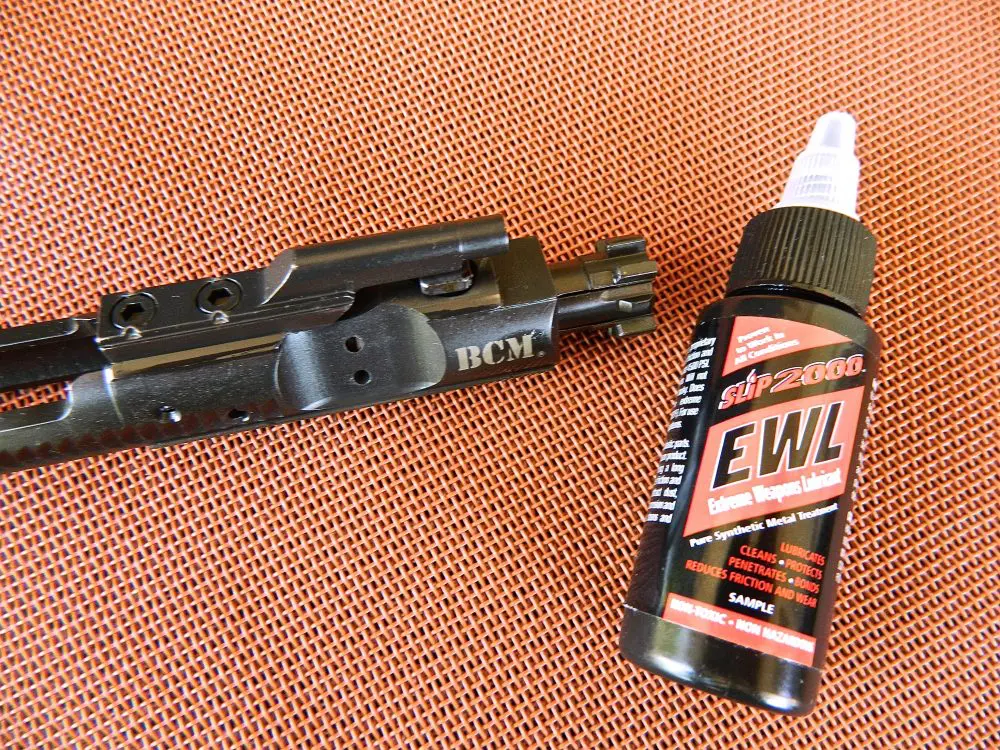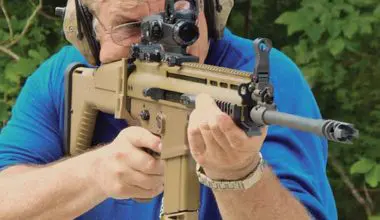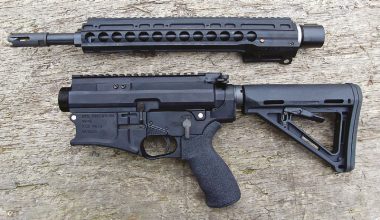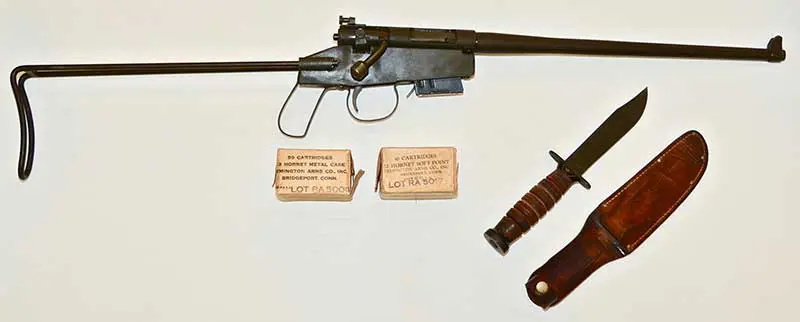Ferguson, Missouri is pretty much out of the news these days. Here in St. Louis we’re especially tired of the subject, but one discussion that arose out of the disorder in Ferguson was the impetus for this article.
As the Michael Brown verdict approached and the rioting started, most of my friends steered clear of Ferguson. But in case it didn’t steer clear of them, they also added a couple of extra spare magazines with their carry gun and made sure their AR-15 was stored safely in their vehicle.
One couple I’m friends with live in an affluent neighborhood about 10 or 12 minutes from Ferguson. They own guns—expensive over-and-under trap and skeet shotguns. They feel confident with shotguns so wanted to get a “combat” shotgun for home defense. They asked me whether they should get a pump or a self-loader.
I discussed just loading a couple of their trap guns on the chance that things got bad, but the husband wanted a shotgun that wasn’t “pretty” like their other guns, but had plenty of stopping power. I explained the pros and cons of each type of fighting scattergun to them.
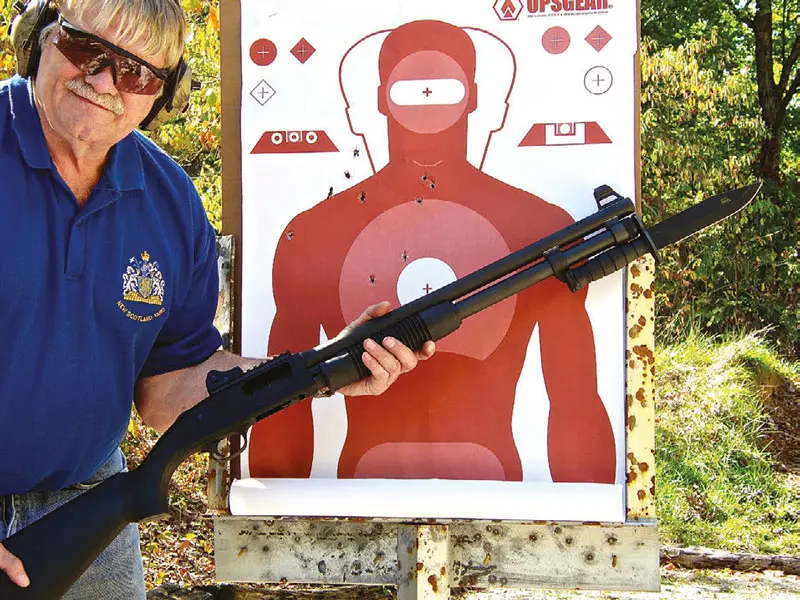
Since I was recommending a shotgun for friends who would not get extensive tactical training, I thought the self-loader would be a better choice. Then it occurred to me that our discussions might make an interesting column.
First, conventional wisdom used to be that pump shotguns were superior, as self-loaders were less reliable. I don’t buy that. Especially with less experienced users, the possibility of shortstroking a pump-action presents a real problem.
Some modern self-loading fighting shotguns are very, very reliable. I’ll cite the Remington 11-87 Police and Mossberg 590 Tactical as examples. I shoot both models and have found them extremely reliable. Both have hundreds of rounds through them, and I don’t remember any malfunctions—at least any noteworthy ones. Another consideration was that, assuming a 20-inch or shorter barrel, for home defense the self-loader would be easier to operate in confined spaces quickly.
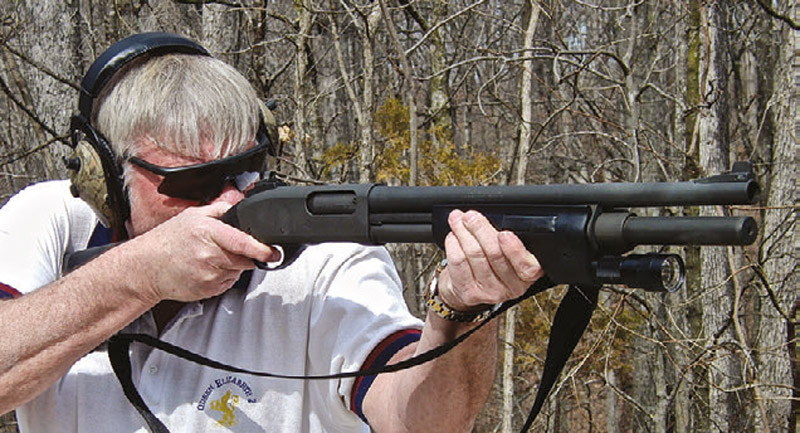
When discussing the pump-action shotgun for military and law enforcement usage, I usually point out that operating the slide action from prone, especially under low cover, may be difficult since the arm operating the action needs room for movement. To some extent this is also true when firing through a window or around a door.
One consideration for choosing a pump or self-loading shotgun for home defense is safety. Since the pump has to be cycled each time, there is perhaps more awareness that there is a round in the chamber than with a self-loader, which automatically loads another round.
Having said that, awhile back, I talked to a friend who had been an internal affairs detective who responded to police shootings. He mentioned multiple times when officers thought they had fired one or two rounds through their pump shotguns, but the shotguns had been shot dry.
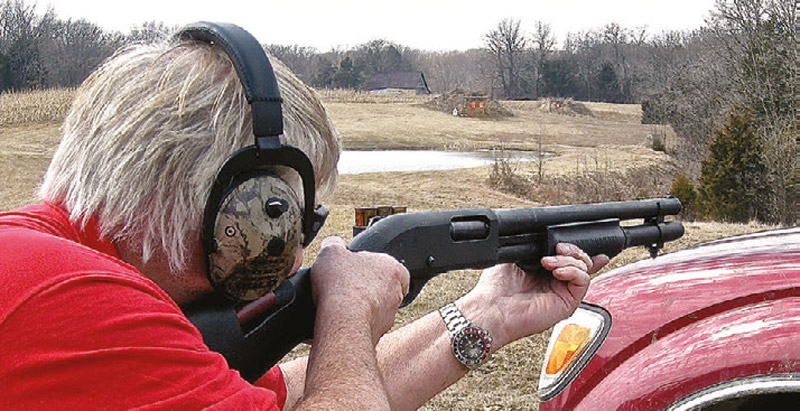
Cost can be a consideration in choosing a pump or a self-loader, with the latter usually being more expensive. This was not a consideration for my friends, who are quite affluent.
An interesting advantage of the pump shotgun arose with the husband. I showed him my Mossberg 590A1, which has a bayonet lug and came with a bayonet. I mentioned the deterrent effect of the bayonet, and he was very enthusiastic. Back in the day, he had served in the National Guard and received anti-riot training with fixed bayonet. The 590A1 impressed him but not his wife, who liked the idea of a self-loader much more.
Many of the features I discussed with my friends were applicable to either a pump or a self-loader. I recommended ghost ring sights, a high-capacity magazine tube, and a light attached to the forend. As it transpired, I had my Benelli M3 in my truck when I went by the couple’s home, so used it to demonstrate both self-loading and pump operation since it is a dual-action. My friend was intrigued at the ability to switch to pump action for firing less lethal, but I explained he wasn’t going to be part of a tactical unit dispersing a crowd. If he or his wife had to use their shotgun, it would be to deal with a potentially lethal threat.
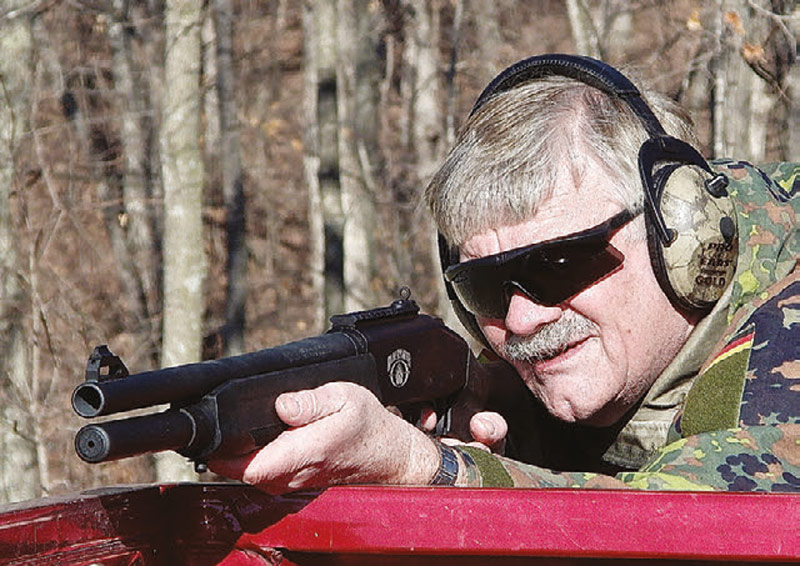
I did not recommend the M3 for them, since dealing with one type of action would be enough to absorb with the limited training they would receive. I did suggest that, whatever shotgun they chose, they get #4 buckshot instead of #00. Where they live, properties are relatively large and #4 would be less likely to endanger the neighbors or their horses.
On another trip, I let them handle a Mossberg 930 self-loader and a Mossberg 590A1 pump, as well as a Remington 11-87 Police self-loader and a Remington 870 pump. The husband liked the 590A1 pump and 870 pump, but the wife liked the Mossberg 930 Tactical. She is only a little over five feet tall, and hence had trouble operating the pump action.
I suggested the best compromise would be the Mossberg self-loader, as both needed to be able to handle the shotgun with confidence. Three other advantages of the 930 Tactical are the large cocking handle, which allows a round to be quickly chambered under stress, the quick release button, and the sliding safety at the top of the receiver, similar to the ones on their over-andunder shotguns.
My 930 is the Blackwater Special model, which is slightly different than the standard model. I took them to a local indoor range and let them try it— both liked it. I had tested the 930 Tactical with Federal Personal Defense loads and knew they worked, so let them shoot with #4 Buckshot PD loads.
There had been a run on the local gun shops due to the Ferguson Effect, but I knew a shop in a neighboring county that had a 930 Tactical in stock, so called and asked the store to hold it and sent my friends to pick it up. The Mossberg did not have a light mounted, but that can be added later. Elzetta Design makes a great mount for the 930 Tactical.
My friends were good to go, but the Ferguson “protests” (riots in non-PC speak) did not spill into their neighborhood.
Still, they now have a good home defense shotgun.

